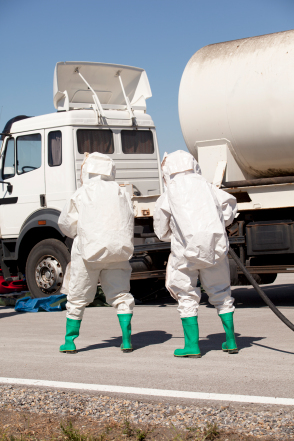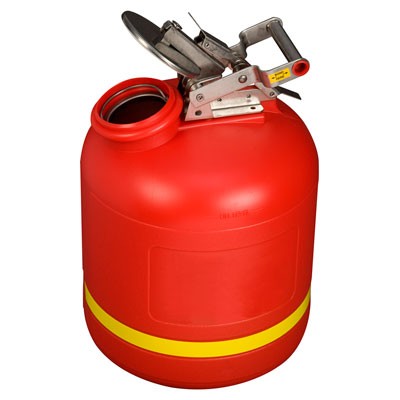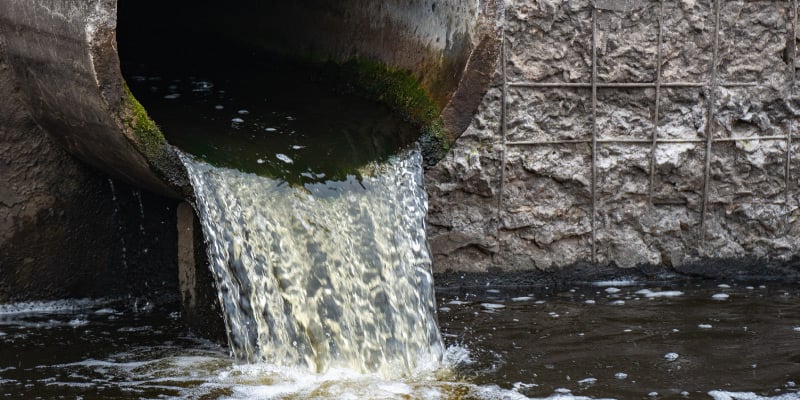How Liquid Garbage Disposal Works: A Comprehensive Overview of Strategies and Technologies Utilized

Introduction of Fluid Waste Types
The complexity of liquid waste types requires a thorough understanding of their characteristics and implications for disposal. Liquid waste can broadly be categorized into several types, consisting of commercial, community, farming, and contaminated materials. Each category shows distinctive properties, requiring particular administration techniques to mitigate ecological and wellness dangers.
Industrial liquid waste originates from manufacturing processes and often consists of a variety of impurities, such as heavy metals, solvents, and natural compounds. Municipal fluid waste, mostly making up wastewater from households and business facilities, includes raw material, nutrients, and virus (industrial wastewater treatment). Agricultural fluid waste, including drainage from ranches, may have plant foods, pesticides, and animal waste, posturing threats to water high quality and ecological communities
Unsafe liquid waste is defined by its poisoning, reactivity, or potential to cause harm. Understanding these diverse liquid waste kinds is vital for developing efficient disposal techniques and making certain compliance with ecological policies.
Physical Therapy Approaches

Screening is the initial action, where bigger fragments and particles are eliminated from the liquid waste utilizing displays or grates. This procedure shields downstream tools from damages and guarantees smoother operation. Adhering to screening, sedimentation makes use of gravitational pressure to separate solids from liquids. In sedimentation containers, heavier bits settle near the bottom, developing a sludge layer, while the made clear fluid can be additional treated.
Filtration is an additional necessary method that involves passing the liquid via porous products, such as sand or membrane layers, to capture smaller sized particles. This action boosts the high quality of the liquid, making it suitable for succeeding treatment procedures.

Chemical Therapy Methods
Chemical treatment techniques are essential for properly managing fluid waste, particularly in resolving liquified and colloidal pollutants that physical methods may not adequately eliminate. These strategies use different chemical representatives to reduce the effects of, speed up, or transform dangerous materials right into less unsafe forms.
One typical approach is coagulation and flocculation, where chemicals such as alum or ferric chloride are contributed to advertise the gathering of put on hold particles. This procedure boosts sedimentation, permitting much easier elimination of the resulting sludge. Additionally, oxidation processes, using representatives like chlorine or ozone, are employed to break down complex organic substances and virus, rendering the waste much safer for discharge or additional therapy.
Neutralization is one more essential technique, which adjusts the pH of acidic or alkaline waste streams to neutral levels, stopping possible injury to downstream systems and the setting. Furthermore, advanced oxidation processes (AOPs) use mixes of oxidants and ultraviolet light to break down consistent pollutants, achieving a higher level of treatment effectiveness.
Organic Therapy Processes
Organic therapy procedures play an important function in the management of liquid waste by utilizing microorganisms to break down organic matter and decrease impurity degrees. These procedures can be generally classified right into anaerobic and cardio treatments, each employing details microbial areas to accomplish efficient waste destruction.
Aerobic therapy entails using oxygen to help with the break down of organic products by germs. This process is commonly implemented in turned on sludge systems, where oygenation tanks give a helpful atmosphere for microbial growth, bring about the oxidation of natural contaminants. The resultant biomass can be divided from treated effluent through sedimentation.
In comparison, anaerobic treatment occurs in the lack of oxygen, depending on various germs to break down natural matter. This approach is specifically useful for high-strength waste, as it creates biogas, a sustainable energy source, while lowering sludge production. Technologies such as anaerobic digesters are often utilized in industrial and municipal applications.
Both anaerobic and cardiovascular biological treatments not just lessen the ecological impact of liquid waste however also assist in resource recovery, making them important parts of sustainable waste Get More Info monitoring techniques. Their efficiency, efficiency, and flexibility support their extensive execution across different fields.
Emerging Technologies in Disposal
Ingenious strategies to liquid waste disposal are quickly advancing, driven by advancements in innovation and an enhancing emphasis on sustainability. Among these arising modern technologies, membrane layer bioreactors (MBRs) have acquired traction for their ability to integrate biological treatment with membrane layer filtering, causing high-quality effluent that can be reused in various applications. MBRs enable smaller footprints and extra reliable procedures contrasted to traditional systems.
Another promising development is using anaerobic digestion integrated with nutrient healing innovations, which not only treats liquid waste however likewise produces biogas and recuperates important nutrients like nitrogen and phosphorus. This dual benefit enhances resource efficiency and reduces ecological influence.
In addition, progressed pop over here oxidation processes (AOPs) are being embraced for the deterioration of complex natural toxins. These approaches use powerful oxidants and drivers to break down impurities at the molecular degree, using an extremely effective solution for challenging waste streams.
In addition, the assimilation of expert system and machine understanding in waste management systems is optimizing operational effectiveness and predictive upkeep, causing reduced expenses and enhanced environmental compliance. These technologies mirror a substantial change towards even more sustainable and reliable fluid garbage disposal practices.
Verdict
In final thought, efficient liquid waste disposal demands a detailed understanding of various techniques and innovations. By continually progressing these methods, it becomes possible to deal with the expanding difficulties linked with fluid waste, inevitably adding to over here environmental protection and resource recovery.
Liquid waste disposal is an essential facet of ecological monitoring, requiring a comprehensive understanding of various methods and innovations customized to various waste kinds. Fluid waste can generally be classified right into numerous types, including industrial, community, agricultural, and hazardous waste. Agricultural liquid waste, including overflow from ranches, might consist of fertilizers, pesticides, and animal waste, posing dangers to water top quality and ecological communities.
Numerous physical therapy techniques play an important function in taking care of fluid waste effectively - industrial wastewater treatment.In conclusion, reliable fluid waste disposal requires a comprehensive understanding of various strategies and modern technologies